Nain handwoven carpet and its technical and visual characteristics
Nain handwoven carpet and its technical and visual characteristics are a type of Persian shop carpet that are made in the city of Nain, which is located in central Iran. These carpets are known for their high quality and intricate designs, and they are considered to be among the finest carpets in the world.
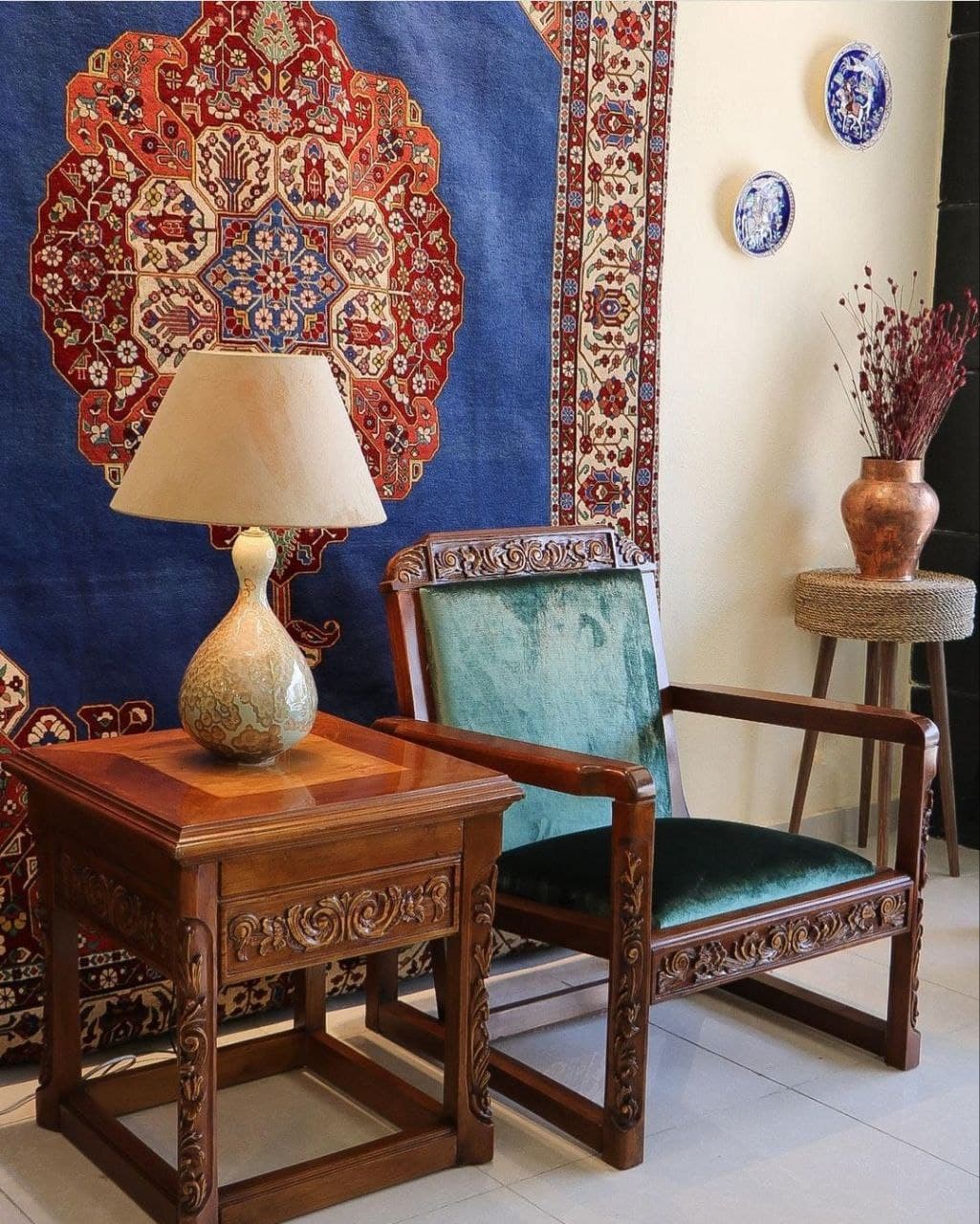
Here are some of the technical and visual characteristics of Nain handwoven handmade carpet:
- Material: Nain carpets are typically made from high-quality wool or silk, with a cotton foundation.
- Knot density: Nain carpets have a high knot density, with an average of 300-700 knots per square inch. This creates a dense and durable carpet that can withstand heavy foot traffic.
- Design: Nain carpets are known for their intricate floral and arabesque designs, which often feature a central medallion surrounded by a detailed border. The designs are typically done in soft, muted colors such as ivory, beige, and blue.
- Size: Nain carpets come in a variety of sizes, from small prayer rugs to large room-sized carpets.
- Texture: Nain carpets have a soft and luxurious texture, thanks to the high-quality wool or silk used in their construction.
- Weaving technique: Nain carpets are handwoven using the asymmetrical Persian knot, which creates a tightly woven and durable carpet.
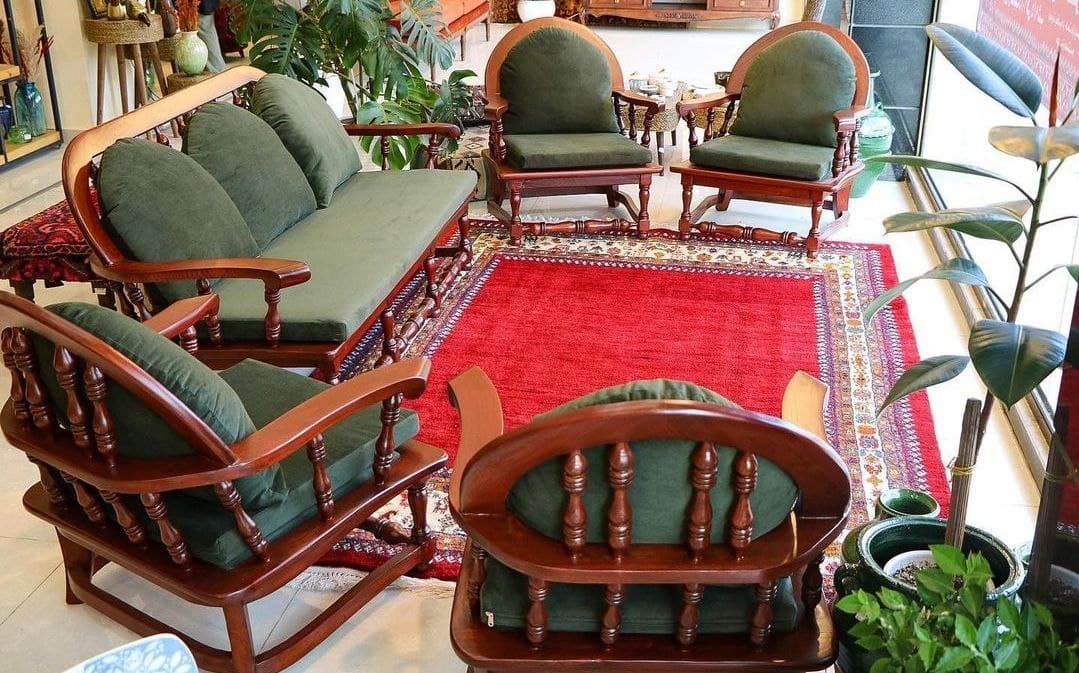
Overall, Nain handwoven carpets are known for their exquisite beauty, high quality, and intricate designs. They are a prized possession for collectors and homeowners alike, and they can add a touch of elegance and luxury to any space.(machine carpets)
Iranian handmade carpet and its technical and appearance characteristics
Nain handwoven silk carpet are a type of Persian carpet that originate from the city of Nain in Iran. They are known for their exquisite designs, high quality, and durability. Here are some of their technical and visual characteristics:
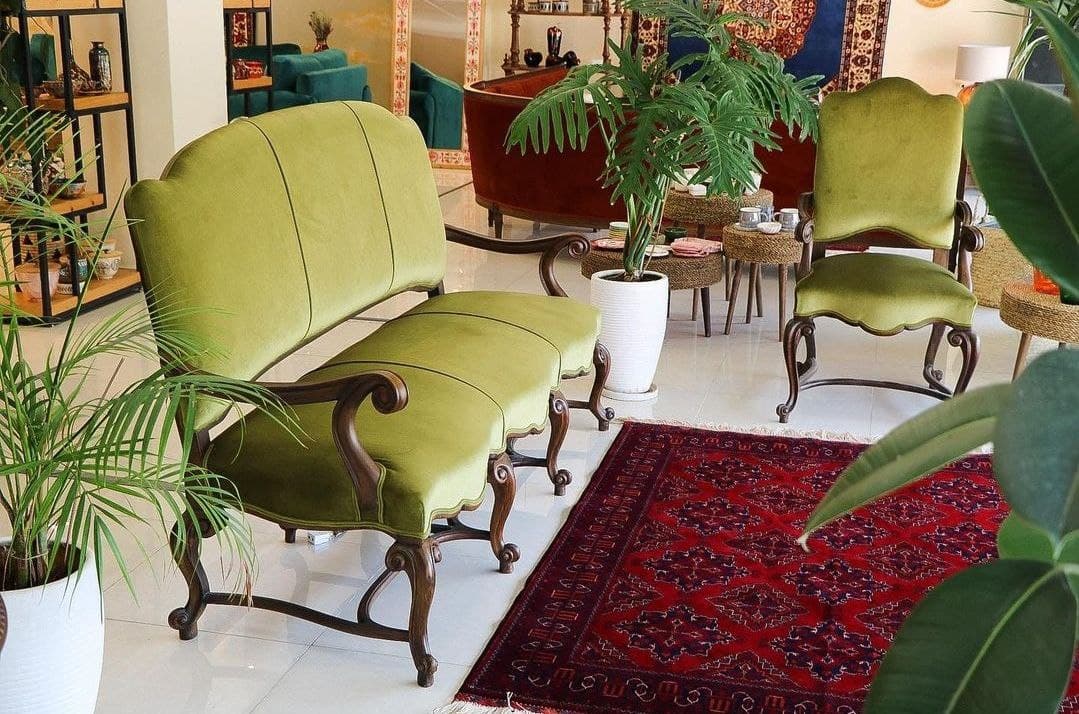
Technical Characteristics:
- Materials: Nain carpets are typically made with high-quality wool or a combination of wool and silk.
- Knots: They are handwoven with a high knot density, usually between 300-700 knots per square inch, which gives them a fine and intricate design.
- Colors: Nain carpets often have a light, neutral color palette, with shades of beige, ivory, and blue being the most common.
- Design: Nain carpets typically feature a central medallion design with intricate floral or geometric patterns. They are known for their symmetry and balance.
Visual Characteristics:
- Softness: Nain carpets are known for their softness and luxurious feel, thanks to the high-quality wool and/or silk used in their construction.
- Sheen: Silk fibers are sometimes used in the design of Nain carpets, which gives them a subtle sheen that catches the light and adds to their beauty.
- Intricate designs: Nain carpets are often highly detailed and feature intricate floral and geometric patterns that are executed with precision and skill.
- Timelessness: The design of Nain carpets is typically classic and timeless, making them a popular choice for both traditional and modern interiors.

Overall, Nain handwoven silk carpet are known for their high quality, fine knotting, and intricate designs. They are a luxurious and timeless addition to any home decor.
The history of Nain handwoven carpet
Nain handwoven carpets have a rich history that dates back to the early 20th century. The city of Nain, located in central Iran, became a majo
r center for carpet weaving in the early 1920s. Prior to this, Nain was primarily a farming community, but the establishment of carpet weaving workshops transformed the local economy.
Nain pictorial carpet are known for their intricate designs and high quality materials, which are often made from wool, silk, and cotton. The designs typically feature a central medallion surrounded by intricate floral motifs and arabesques. The colors used in Nain carpets are typically muted and subtle, often featuring shades of blue, gray, and beige.
One of the key factors that contributed to the rise of Nain carpets was the establishment of the Isfahan School of Fine Arts in 1924. This school brought together some of the most talented carpet weavers in Iran, who went on to create some of the most beautiful and intricate carpets in the world. Many of these weavers settled in Nain and began producing carpets using traditional techniques.
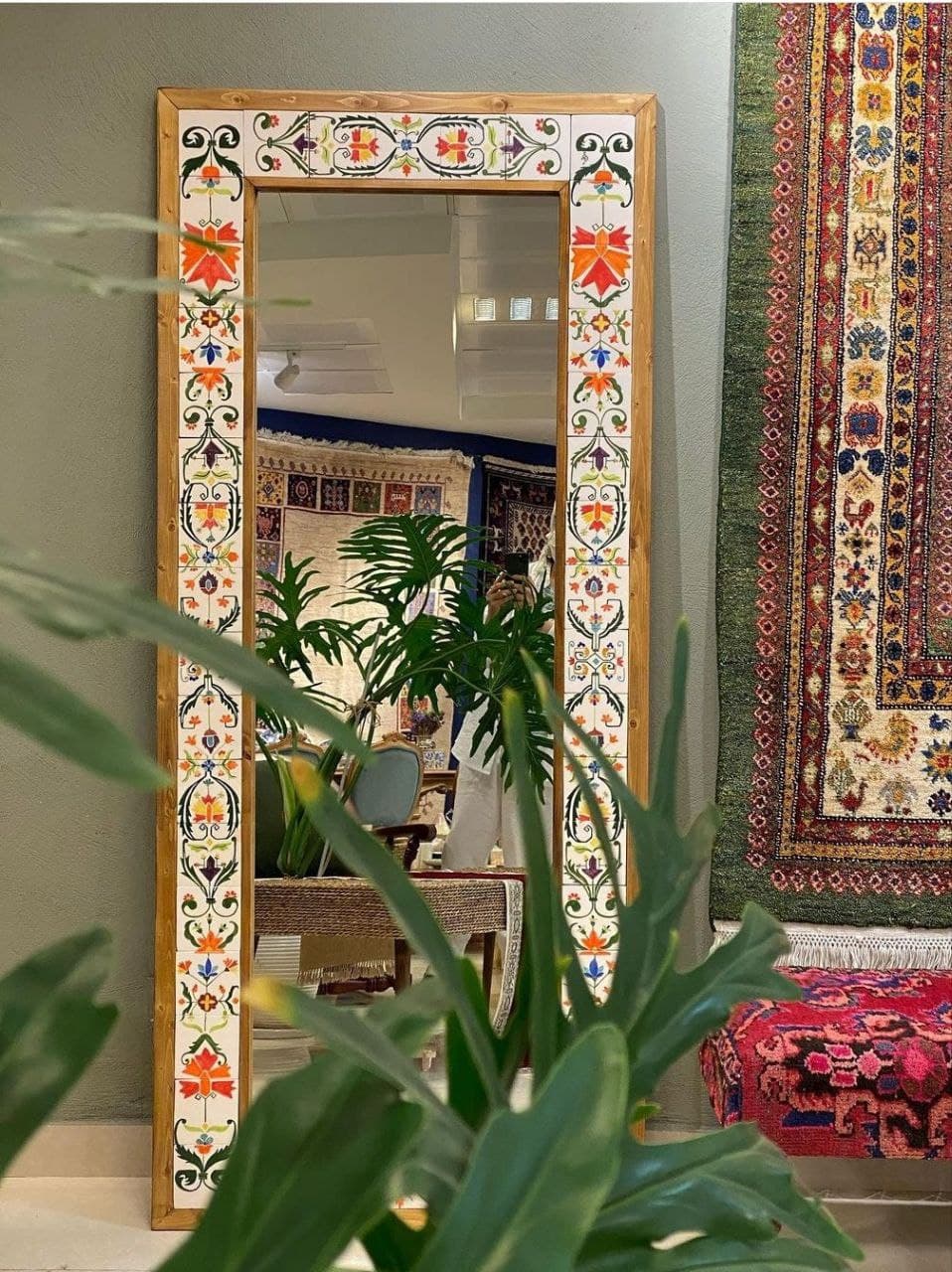
Over the years, Nain carpets have continued to evolve and adapt to changing tastes and trends. Today, they are still highly prized for their intricate designs and high-quality materials, and are considered some of the most beautiful carpets in the world. While the techniques used to make Nain carpets have remained largely unchanged over the years, modern technology has allowed for greater precision and efficiency in the weaving process, making these carpets more accessible to people around the world.
The history of Nain handmade carpets
Nain handwoven carpets are known for their exquisite beauty and fine craftsmanship. They are traditionally made in the city of Nain, which is located in central Iran. The history of Nain carpets can be traced back to the early 20th century when carpet weaving became an important industry in Nain.
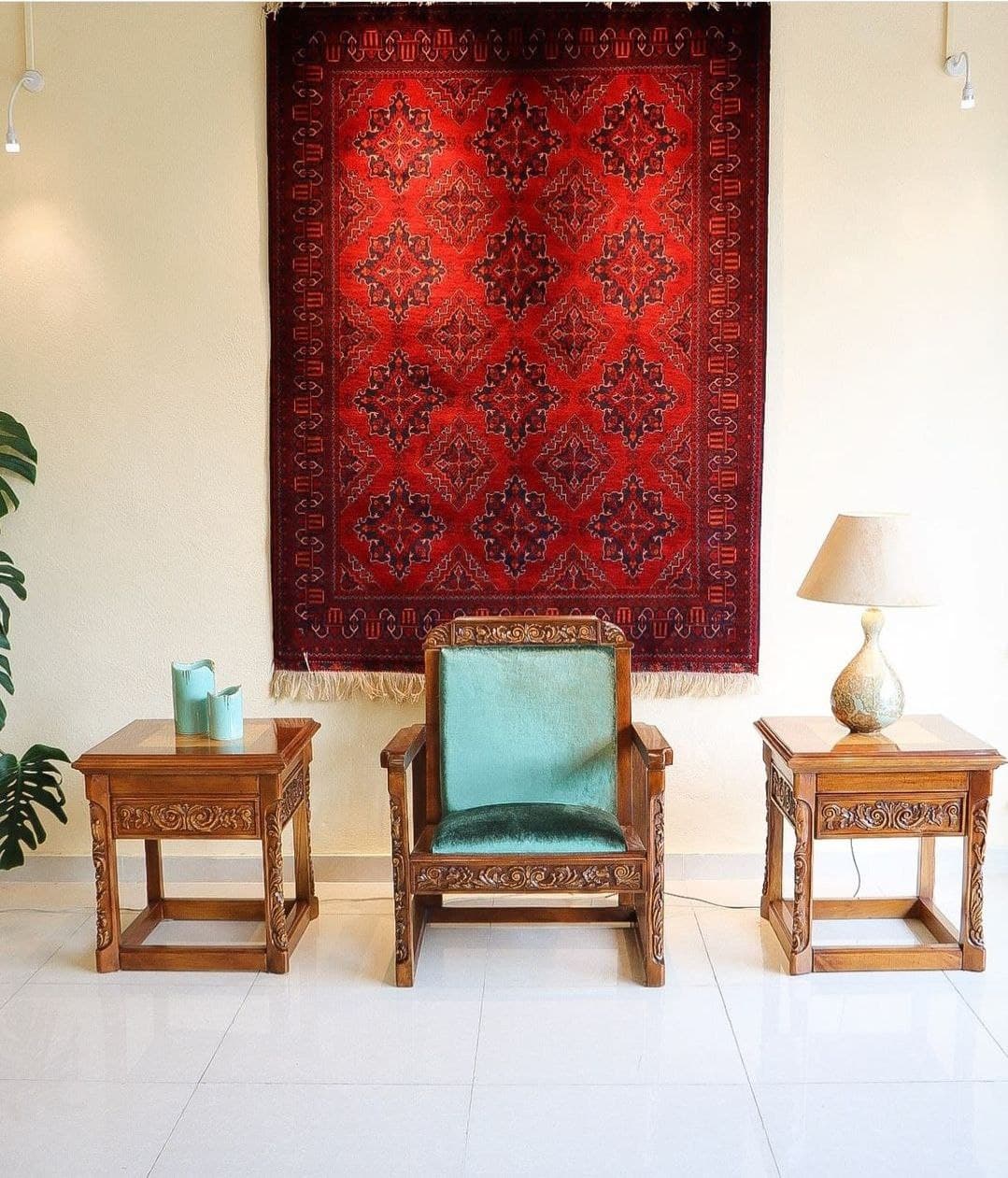
The Nain carpet industry was established by a group of weavers who had migrated from the neighboring city of Isfahan. They brought with them their knowledge of carpet weaving and adapted it to create a unique style that is now associated with Nain carpets.
The first Nain carpets were made using wool and cotton, with the wool coming from the local sheep and the cotton imported from India. These carpets were characterized by their intricate floral designs, which were typically woven in shades of blue, white, and beige.
In the 1930s, the Nain carpet industry underwent a transformation when silk was introduced as a new material. Silk allowed weavers to create carpets with finer details and more vibrant colors. The use of silk also gave Nain carpets a distinctive sheen that made them stand out from other carpets.
During the 1950s and 1960s, Nain carpets became increasingly popular in Europe and North America. The carpets were exported in large numbers, and demand grew for larger sizes to accommodate the larger living spaces in Western homes.
Today, Nain carpets are still produced using traditional methods, with each carpet taking months to complete. They are made using high-quality materials, such as silk and wool, and are known for their intricate designs and fine details. Nain carpets are considered to be some of the most beautiful and valuable carpets in the world, and are highly sought after by collectors and enthusiasts.
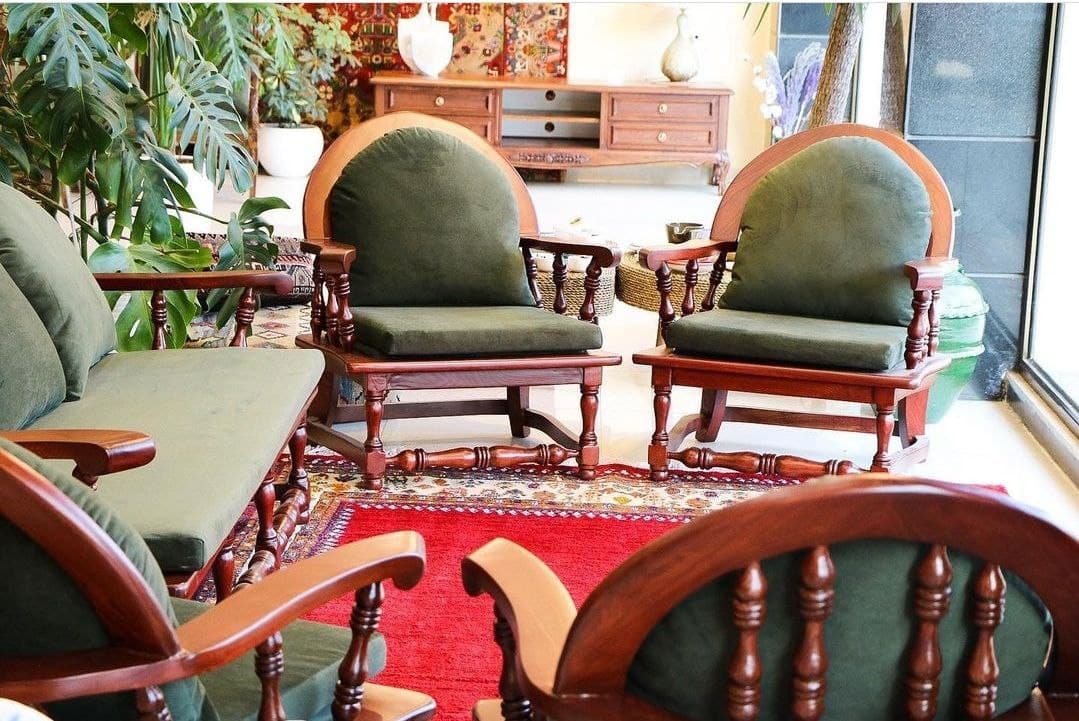
What are the characteristics of Nain handmade carpet coloring?
Nain handwoven carpets are characterized by their unique color palettes, which typically include shades of blue, ivory, and beige. The colors used in Nain carpets are often soft and muted, giving the carpets a subtle, understated elegance.
One of the distinguishing features of Nain carpets is the use of natural dyes, which are derived from plants, minerals, and insects. These dyes produce colors that are rich and deep, and which have a distinctive quality that cannot be replicated by synthetic dyes.
Blue is a prominent color in Nain carpets, and is often used as the primary color for the field of the carpet. The shade of blue used in Nain carpets is usually a deep, rich blue that is almost navy in color. This blue is often paired with ivory or beige accents, which create a subtle contrast and enhance the overall beauty of the carpet.
In addition to blue, Nain handmade carpet often incorporate other colors, such as red, green, and gold. These colors are typically used as accents, and are woven into the floral or geometric patterns that adorn the carpet.
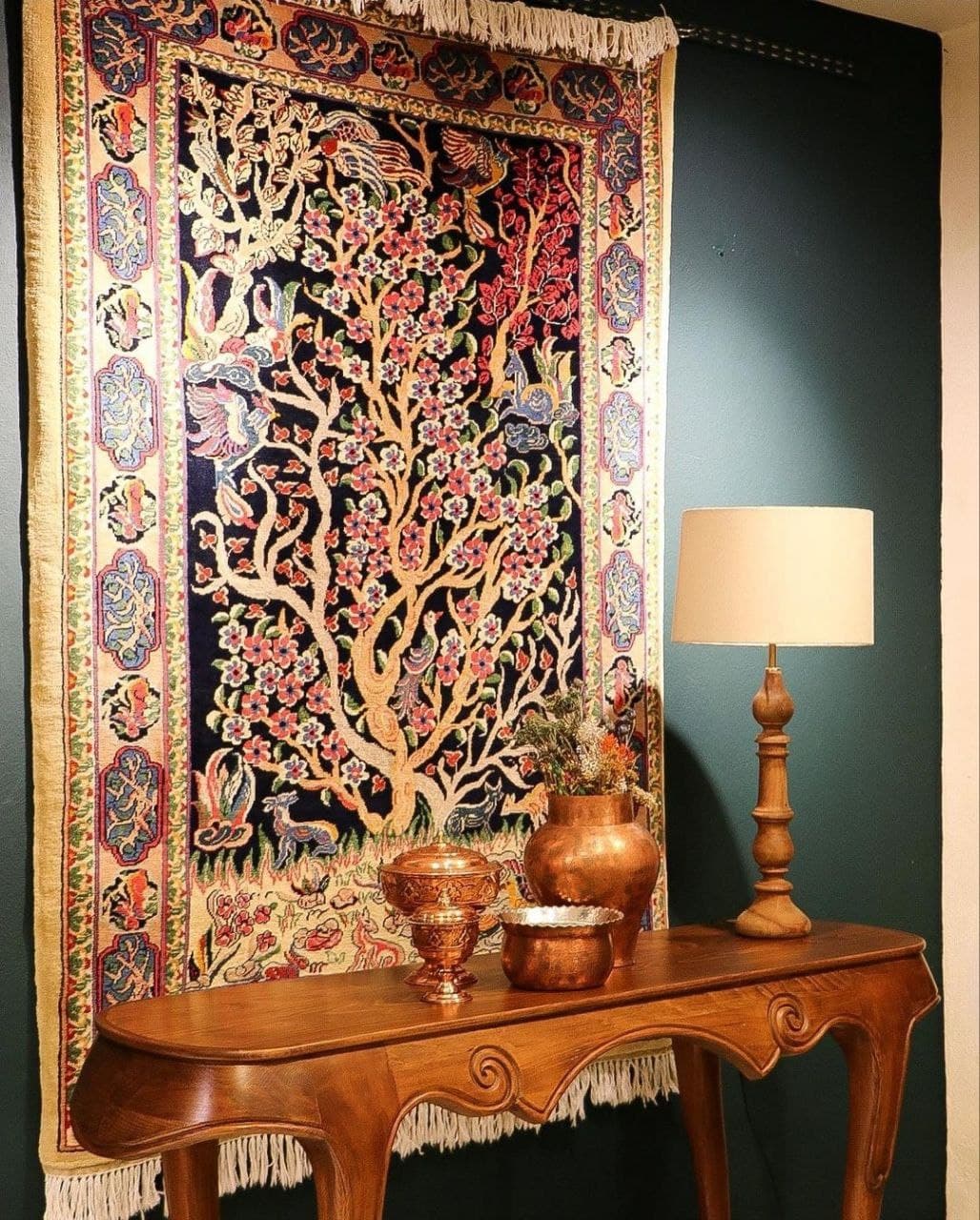
Overall, the color palette of Nain carpets is characterized by its sophistication and elegance, with an emphasis on muted, natural colors that blend seamlessly together. The use of natural dyes and high-quality materials ensures that Nain carpets have a timeless quality that will endure for generations.
What are the characteristics of handmade carpets coloring?
Nain handmade carpets are known for their unique and distinctive coloring, which is an important part of their beauty and appeal. The colors used in Nain carpets are typically soft and muted, with a focus on shades of blue, white, and beige. Here are some of the key characteristics of Nain carpet coloring:

- Blues: Nain carpets are known for their use of various shades of blue, ranging from pale turquoise to deep navy. Blue is the dominant color in most Nain carpets, and it is often used as the background color for the design.
- Whites: White is another important color in Nain carpets, and it is used to create contrast and highlight the intricate details of the design. White is often used in combination with blue or beige to create a subtle and elegant effect.
- Beiges: Beige is a warm and earthy color that is often used as a base color for the design in Nain carpets. It is typically used in combination with blue or white to create a harmonious and balanced color palette.
- Accents: In addition to blue, white, and beige, Nain carpets may also feature accents of other colors, such as green, red, or yellow. These colors are typically used sparingly and are used to add interest and depth to the design.
Overall, the coloring in Nain handmade carpets is characterized by its softness, subtlety, and elegance. The use of muted and harmonious colors helps to create a sense of tranquility and sophistication in these beautiful carpets.
